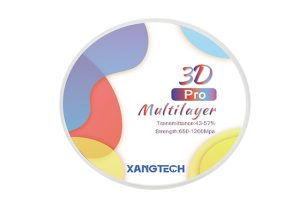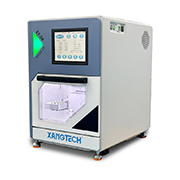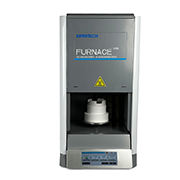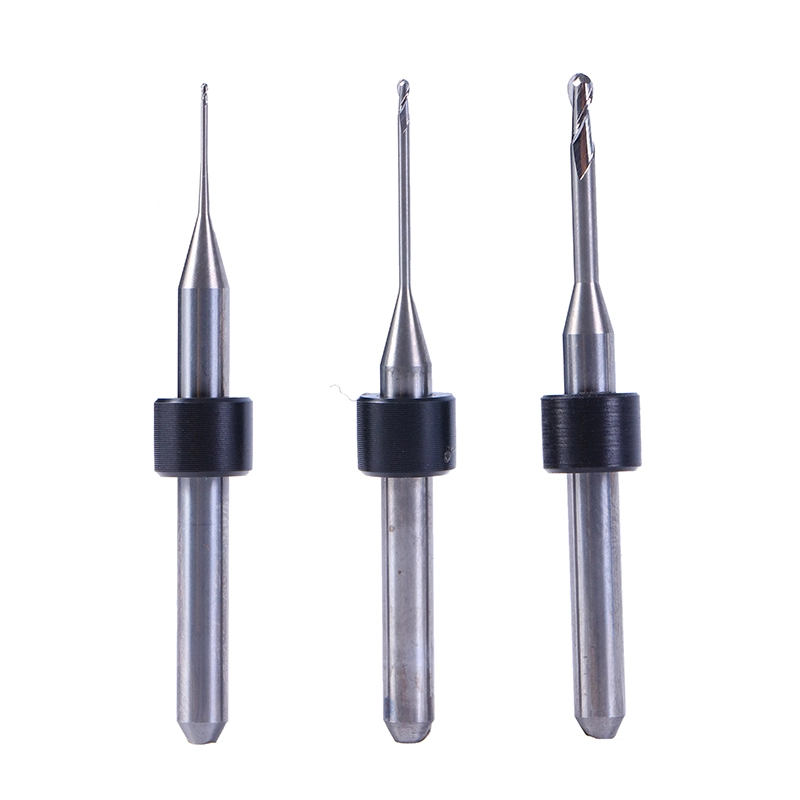Introduzione alle borse dentali
Cosa sono Dental Milling Burs?
Borse di fresatura dentale sono strumenti precisi utilizzati nei sistemi CAD/CAM. Essi modellano e intagliano materiali dentali in protesi come corone, ponti, intarsi e impiallacciature. Queste borse tagliano materiali come zirconia, PMMA, cera e disilicato di litio. Lavorano con alta precisione e velocità.
Importanza delle borse dentali in odontoiatria
Le borse dentali sono vitali nella odontoiatria moderna. Aiutano a creare restauri che sembrano buoni e si adattano bene. La loro capacità di gestire diversi materiali consente ai dentisti di soddisfare rapidamente le esigenze dei pazienti. La resistenza e la nitidezza delle borse garantiscono una qualità costante in molte procedure.
Materiali utilizzati nelle borse di fresatura dentale
Burs di carburo di tungsteno
Caratteristiche e benefici del carburo di tungsteno
Il carburo di tungsteno è super duro e resiste all'usura. Ciò lo rende perfetto per forti borse di fresatura dentale. Queste borse mantengono il loro bordo tagliente per molto tempo. Non dovrai sostituirli spesso.
Applicazioni comuni in odontoiatria
Le borse in carburo di tungsteno sono ottime per i compiti di taglio precisi. Sono utilizzati per rimuovere vecchi restauri o preparare i denti per le corone. Maneggiano materiali duri come blocchi di zirconia Grazie alla loro forza.
Burs rivestiti di diamante
Vantaggi del rivestimento diamante
Le borse rivestite di diamante hanno particelle di diamante di qualità industriale sulla loro superficie. Ciò dà loro potenza di taglio di primo livello e risultati fluidi. Il rivestimento aumenta la loro durata di vita. Mantiene anche il calore basso durante la fresatura.
Casi d'uso per Burs rivestiti di diamante
Queste borse brillano per un lavoro dettagliato sulla ceramica. Ad esempio, sono ideali per Blocchi di disilicato di litio di XANGTECHche hanno alta stabilità chimica e resistenza alla piegatura. Essi modellano i restauri con precisione senza danneggiare il materiale.
Burs a base di ceramica
Caratteristiche principali dei materiali ceramici
Le borse a base di ceramica sono leggere ma resistenti. Resistono bene all'usura. La loro biocompatibilità li rende sicuri per i lavori dentali sensibili dove il comfort del paziente è importante.
Applicazioni specifiche per Burs in ceramica
Borse in ceramica sono spesso utilizzati per la finitura e la lucidatura. Creano superfici lisce su materiali delicati come dischi PMMA a più strati. Questi dischi offrono stabilità del colore a lungo termine.
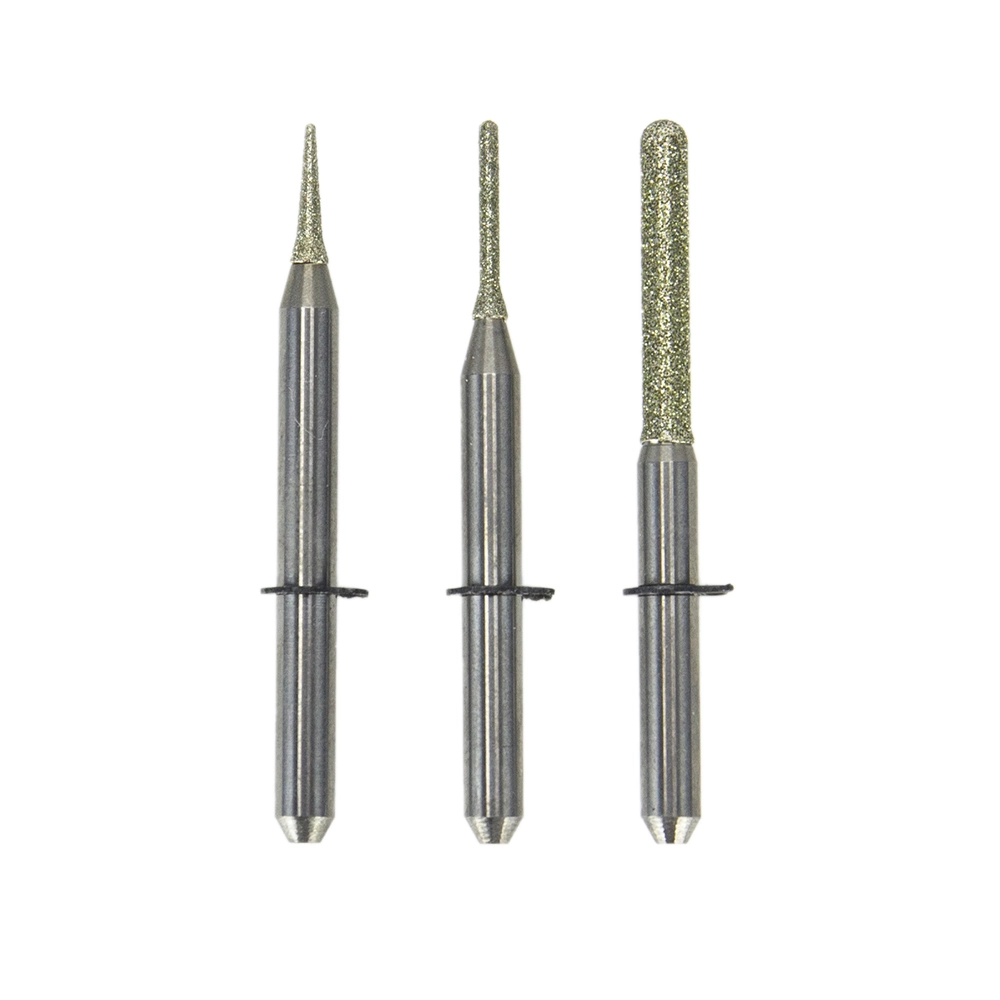
Tipi di borse dentali in base alla progettazione e all'utilizzo
Classificazione per forma e funzionalità
Burs coniche a fine piatta
Le borse coniche a fine piatta sono pratiche per molti compiti. Essi modellano superfici piane e realizzano bordi taglienti sui restauri. Sono particolarmente utili per la preparazione della corona.
Rotondo-End Tapered Burs
Queste borse creano forme arrotondate e transizioni lisce nei restauri. Sono ottimi per sculpire protesi che sembrano naturali.
Naso a sfera fresatura Burs
Le borse di fresatura a naso a sfera sono perfette per l'intaglio dettagliato. Gestiscono scanalature intricate o fessure su corone o ponti. Le punte arrotondate consentono un controllo preciso durante la fresatura.
Varianti per procedure specifiche
Borse di preparazione della corona
Le borse di preparazione della corona sono fatte per rimuovere lo smalto in modo efficiente. Conservano la struttura dei denti. Sono fondamentali quando si lavora con i blocchi di zirconia di XANGTECH, noti per l'alta resistenza alle macchie.
Utensili di fresatura specifici per l'impiantologia
Questi strumenti si concentrano sulle procedure di impianto. Fresano con precisione abutment o corone supportate da impianti. I blocchi PEEK di XANGTECH, con una forte resistenza chimica, sono un ottimo match per questi compiti.
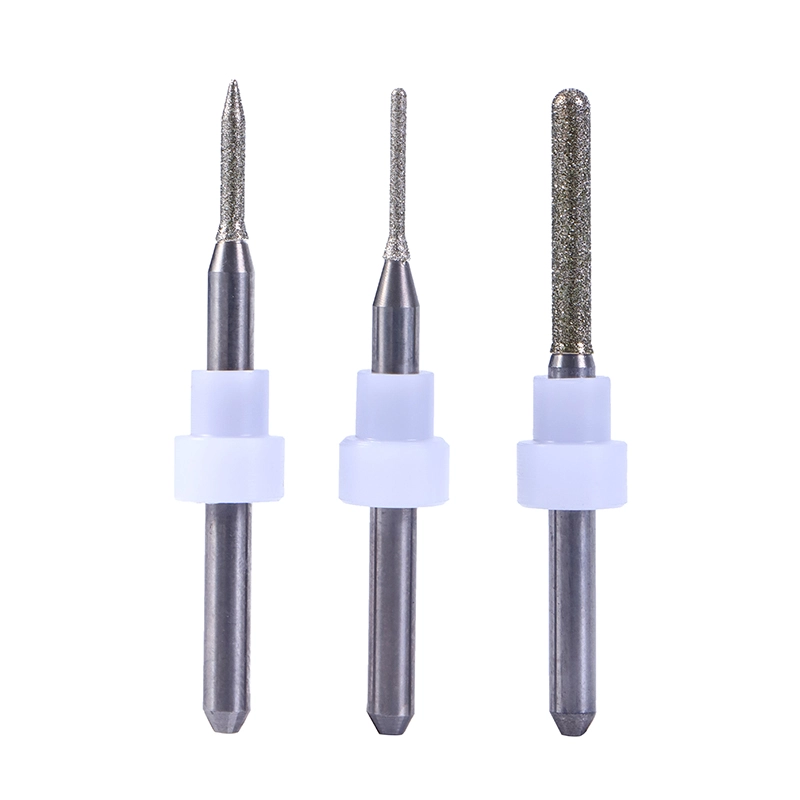
Applicazioni delle borse dentali in odontoiatria moderna
Ruolo nelle procedure di odontoiatria ristorativa
Le borse di fresatura dentale facilitano il lavoro ripristinativo. Creano protesi resistenti che ripristinano funzione e aspetto. Ad esempio, i blocchi di zirconia multistrato 4D di XANGTECH hanno grandi gradienti di traslucenza. Aiutano i dentisti a realizzare ripristini realistici senza problemi.
Utilizzo in prostodonzia e fabbricazione di corone
Nella prostodonzia, le borse di fresatura dentale aiutano a creare corone che si adattano perfettamente. XANGTECH blocchi di zirconia pre-ombreggiati super traslucidi risparmiano tempo sulla colorazione. Assicurano una produzione rapida senza perdere qualità.
Applicazione in ortodonzia per le regolazioni del supporto
I trattamenti ortodontici utilizzano borse di fresatura speciali. Questi regolano con precisione le staffe o i cavi. Evitano di danneggiare le strutture vicine. Ciò aumenta il comfort del paziente durante le procedure.
Fattori da considerare quando si scelgono Burs dentale fresa
Compatibilità con le attrezzature dentali
Scegliere le borse di fresatura dentale giuste significa controllare se funzionano con la tua attrezzatura. Le fresatrici dentali, come la fresatrice XANGTECH XT50, manipolano materiali come blocchi di zirconia, dischi PMMA e blocchi di cera. Lo fanno con grande precisione. Le borse devono adattarsi alle specifiche della macchina, come la velocità del fuso e gli angoli di taglio. Ciò garantisce risultati superiori. Ad esempio, le borse in carburo di tungsteno sono ottime per blocchi di zirconia duri. Questi blocchi resistono alle macchie e durano a lungo. I burs rivestiti di diamante sono migliori per ceramiche delicate come il disilicato di litio.
Durabilità ed efficienza dei costi del materiale Bur
La resistenza di un bur di fresatura dentale è importante per prestazioni costanti. Il carburo di tungsteno e le borse rivestite di diamanti durano a lungo. La loro durezza e resistenza all'usura significano meno sostituzioni. Potrebbero costare più in anticipo. Ma la loro lunga vita risparmia denaro nel tempo. Anche le borse di alta qualità proteggono le attrezzature. Ad esempio, le fresatrici avanzate di XANGTECH supportano un lavoro preciso e rimangono in buona forma con queste borse.
Manutenzione e longevità delle borse dentali
Tecniche di pulizia adeguate per un uso prolungato
Mantenere pulite le borse dentali è la chiave per renderle durevoli. Dopo ogni uso, pulirli bene per rimuovere i pezzi di zirconia o PMMA. I detergenti a ultrasuoni funzionano bene. Eliminano particelle minuscole senza graffiare il bur. Quando si fresano i blocchi di zirconia multistrato 4D di XANGTECH con traslucenza gradiente, una buona pulizia ferma l'accumulo di residui. Ciò rende i lavori futuri precisi.
Raccomandazioni di conservazione per prevenire l'usura
Conservare le borse di fresatura dentale a destra li aiuta a rimanere funzionali. Conservarli in casi speciali per evitare danni o sporco. Non lasciarli bagnare o sedersi in calore estremo. Questo potrebbe indebolirli. Per esempio, conservare le borse rivestite di diamanti in punti secchi. Ciò mantiene i loro bordi taglienti per materiali come i blocchi di zirconia pre-ombreggiati super traslucidi di XANGTECH. Questi sono fatti per accurato abbinamento dei colori.
Domande frequenti
D: Quali materiali possono essere fresati utilizzando borse di fresatura dentale?
A: Le borse di fresatura dentale possono funzionare con molti materiali. Questi includono blocchi di zirconia, dischi PMMA, blocchi di cera, blocchi di disilicato di litio e blocchi PEEK. XANGTECH li offre con caratteristiche come alta traslucenza e resistenza.
D: Come scelgo il bur di fresatura dentale giusto?
A: Dipende dal materiale e dal risultato desiderato. Le borse in carburo di tungsteno si adattano a materiali duri come lo zirconio. Coloro rivestiti di diamante sono ottimi per lavorare in ceramica dettagliata, come disilicato di litio.
Q: Quante volte devono essere sostituite le borse dentali?
R: Varia in base a quanto li usi e a cosa stai fresando. Le borse XANGTECH di alta qualità durano più a lungo. La loro costruzione forte e il design intelligente aiutano a questo.
Q: Le borse dentali possono essere utilizzate con tutti i sistemi CAD/CAM?
R: La maggior parte delle borse dentali standard funzionano con sistemi CAD/CAM aperti. Il blocco di zirconia multistrato 3D di XANGTECH è realizzato per adattarsi senza problemi a questi sistemi.
D: Cosa rende i prodotti di XANGTECH si distinguono?
R: XANGTECH offre soluzioni intelligenti come blocchi di zirconia di sinterizzazione a bruciatura rapida. Aumentano la produttività senza tagliare la qualità. I loro prodotti combinano tecnologia avanzata con accessibilità per la odontoiatria moderna.

